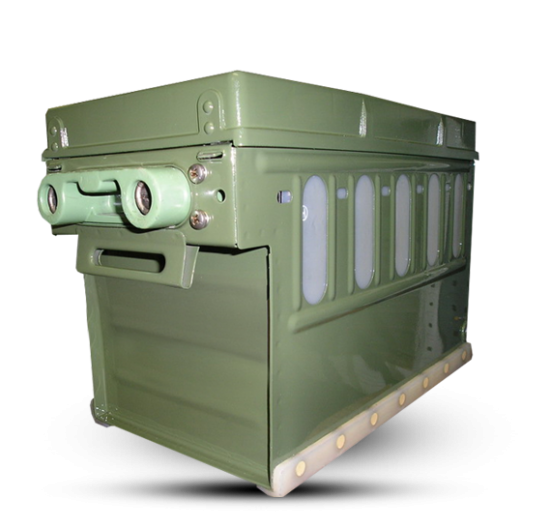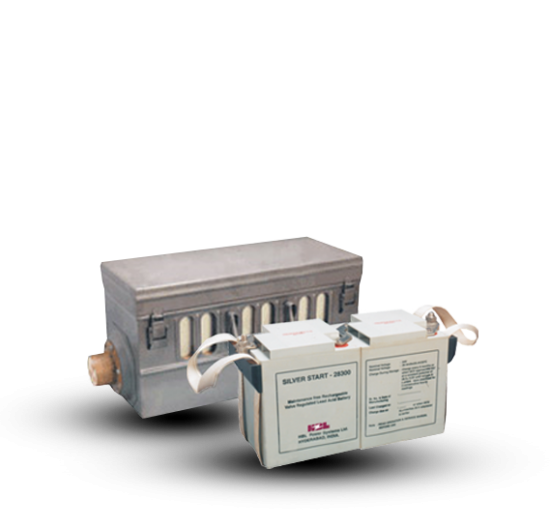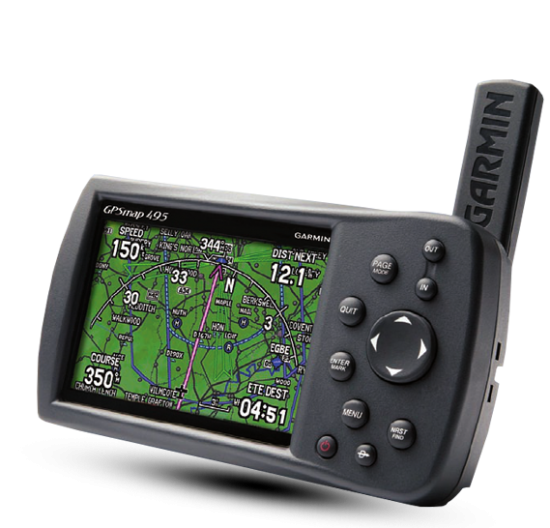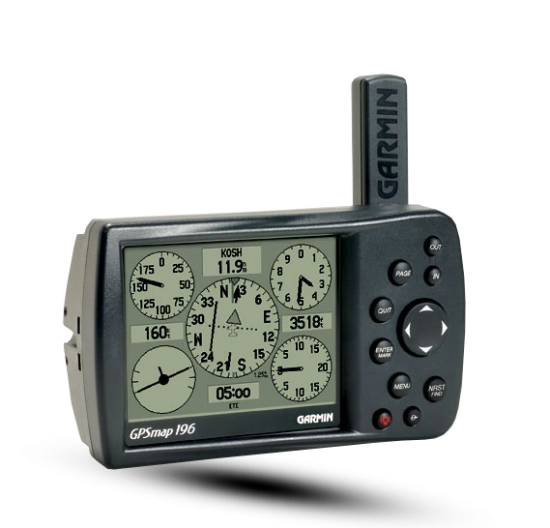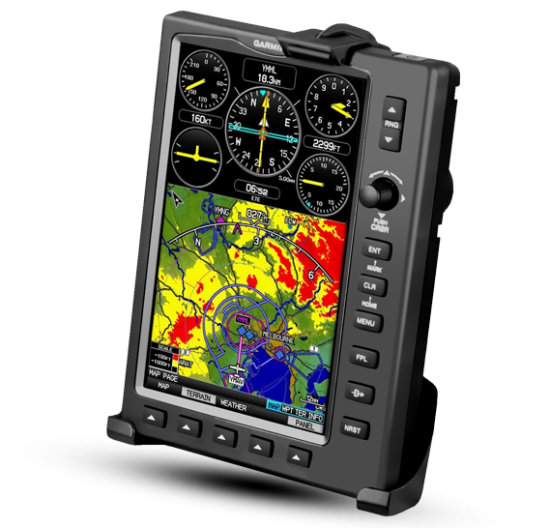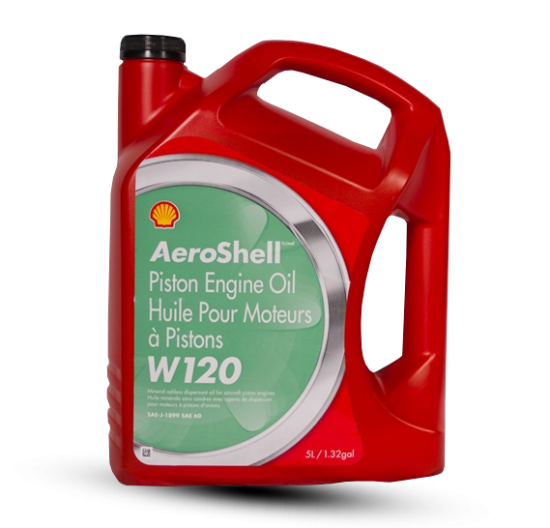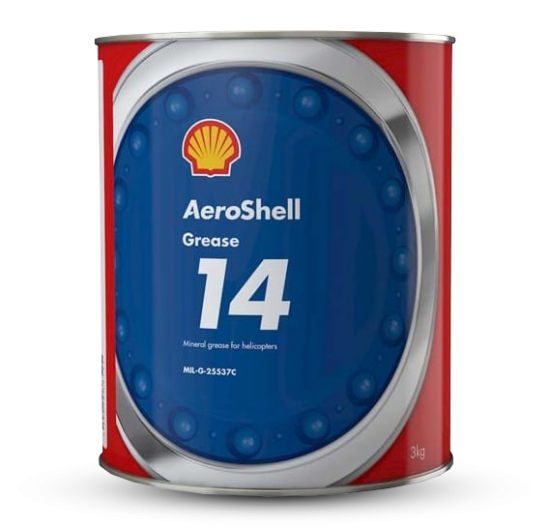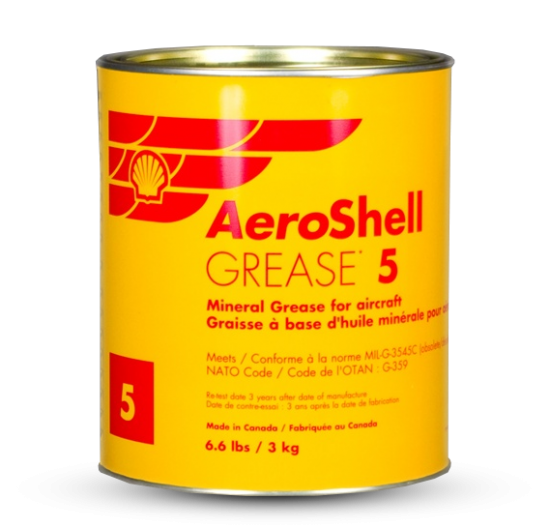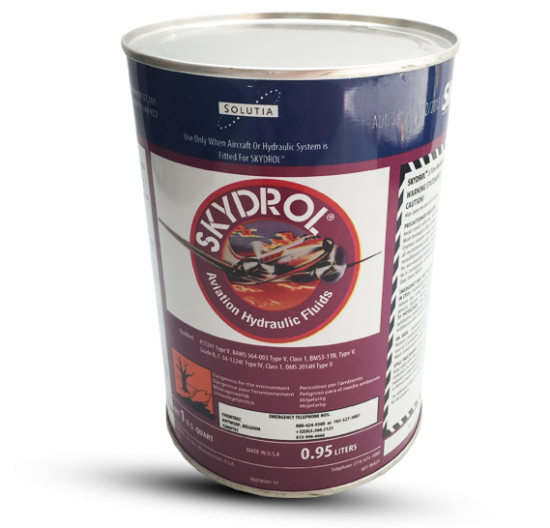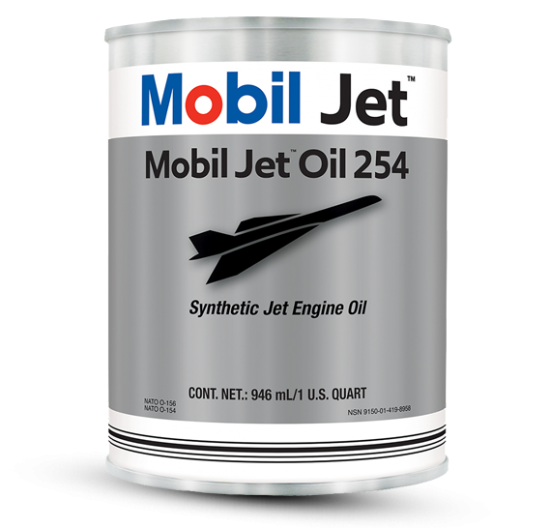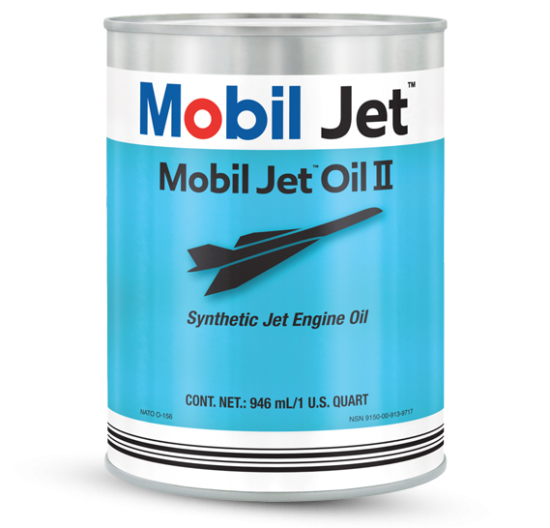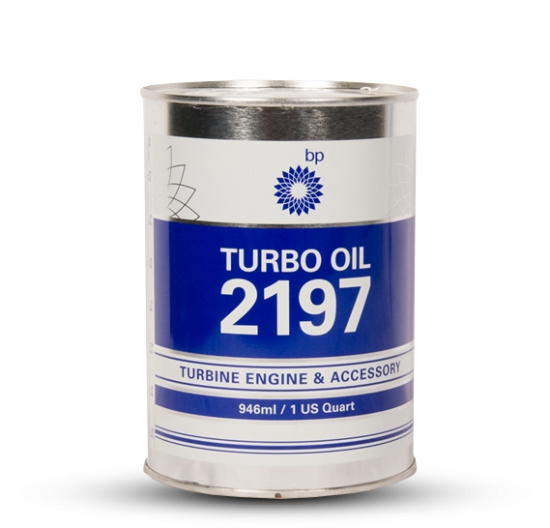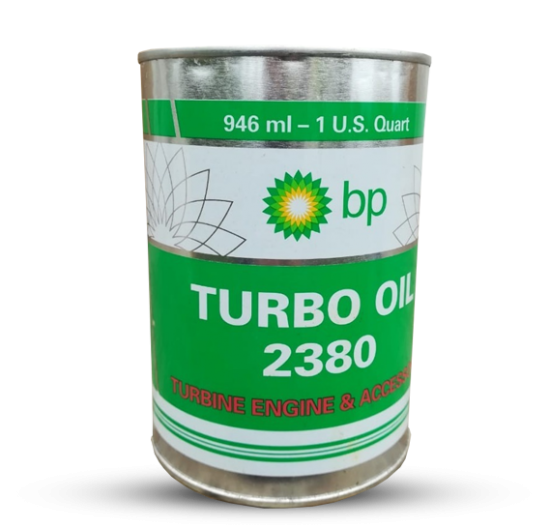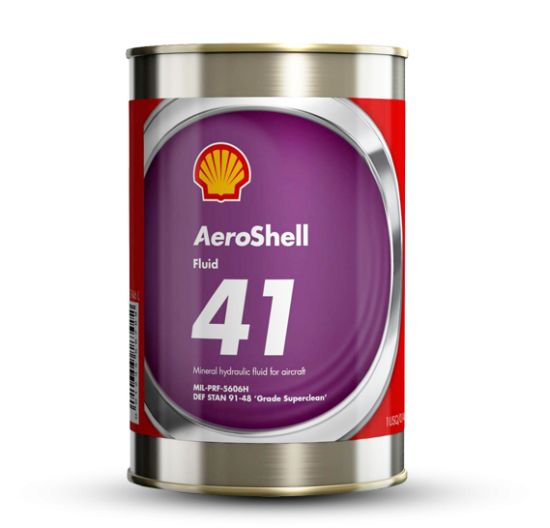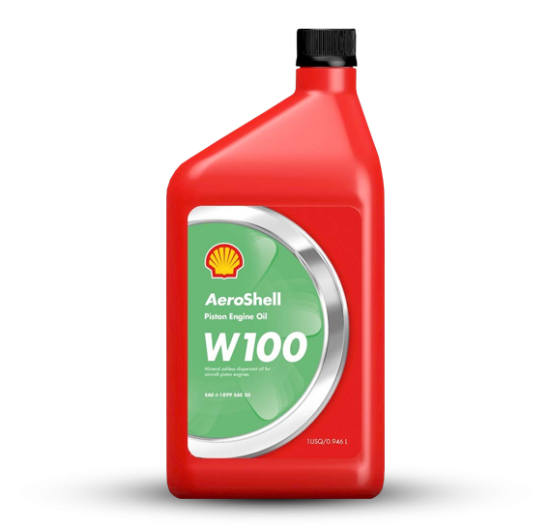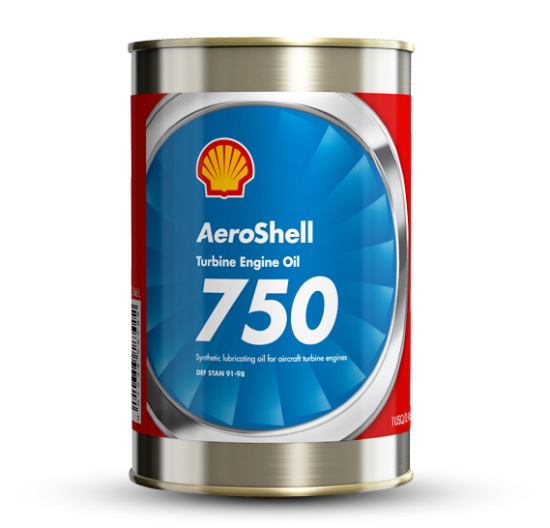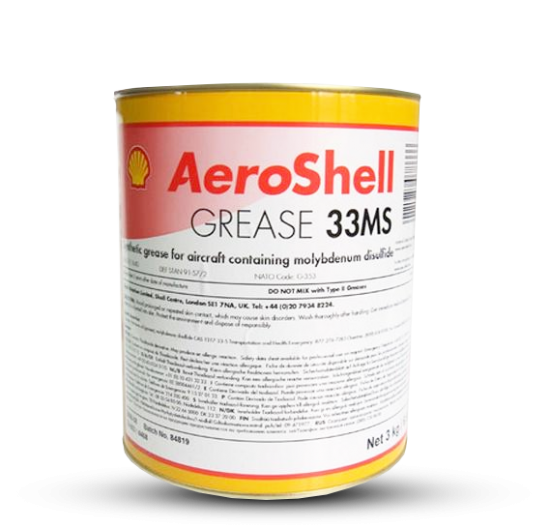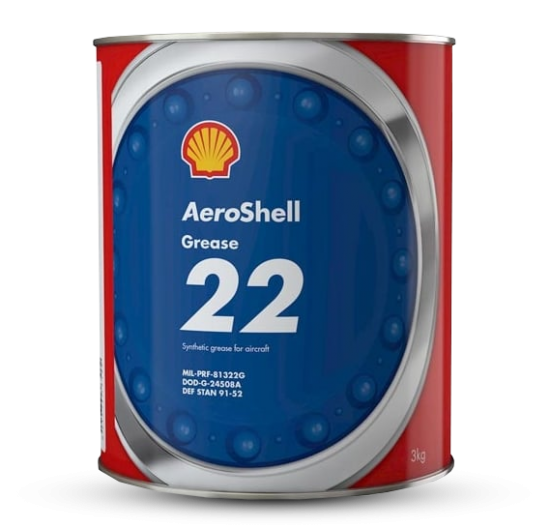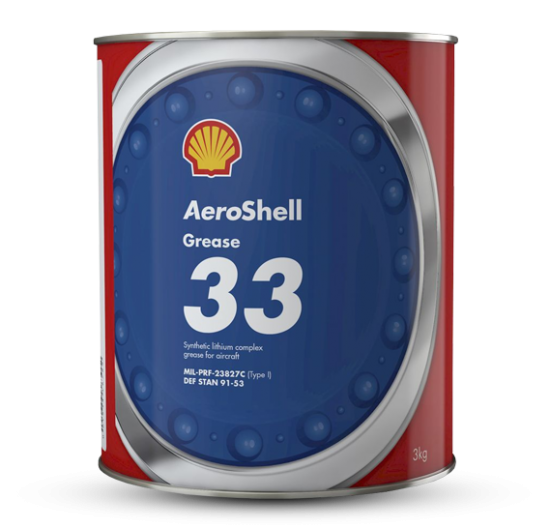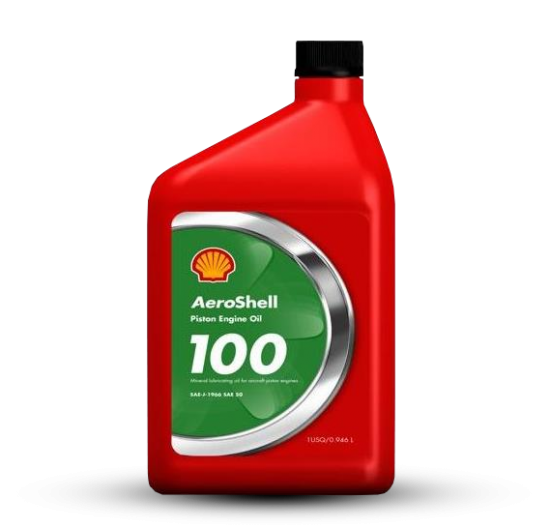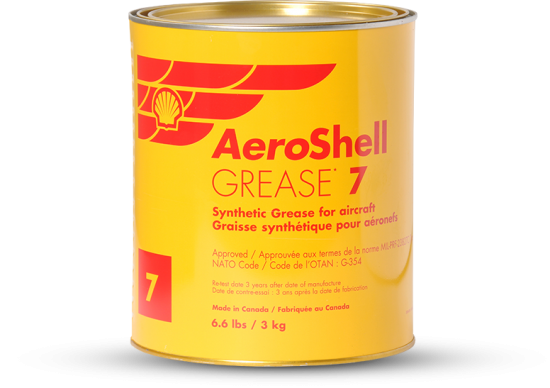
Exxon HyJet IV-A
Trast Aerosupermarket (Aquiline Internationl Goup of Companies) stocks large quantity of Mobil Jet Oil II at its premises at Sharjah International Airport Free Zone (SAIF Zone) available for immediate delivery worldwide.
UAE Phone: +971 (6) 5570710, International phone: +8 835 1000 124 3547 e-mail: 
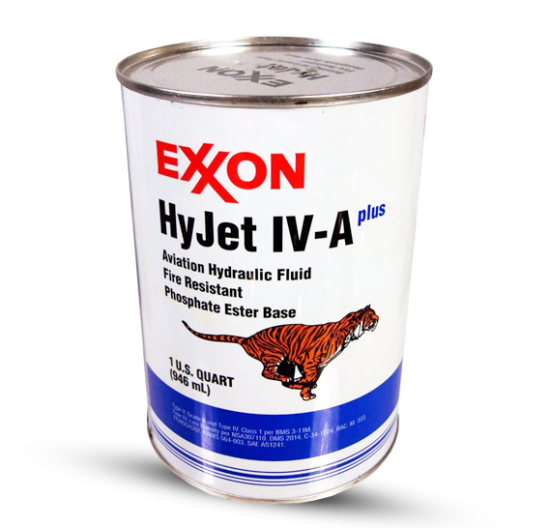
Sale Exxon HyJet IV-A
Trast Aerosupermarket
NATIONAL INDUSTRIAL CHEMICALS NOTIFICATION AND ASSESSMENT SCHEME (NICNAS)
FULL PUBLIC REPORT
Polymer in HyJet IV-A Plus
1. APPLICANT AND NOTIFICATION DETAILS
APPLICANT(S) Mobil Oil Australia Pty Ltd (ABN: 88 004 052 984) 12 Riverside Quay South Bank VIC 3006
NOTIFICATION CATEGORY
Polymer of Low Concern
EXEMPT INFORMATION (SECTION 75 OF THE ACT) Data items and details claimed exempt from publication: Chemical Name, Other Names, CAS Number, Molecular and Structural Formulae, Molecular Weight, Polymer Constituents, Residual Monomers/Impurities, Manufacture/Import Volume, and concentration in end use products.
VARIATION OF DATA REQUIREMENTS (SECTION 24 OF THE ACT)
No variation to the schedule of data requirements is claimed.
PREVIOUS NOTIFICATION IN AUSTRALIA BY APPLICANT(S) None
NOTIFICATION IN OTHER COUNTRIES Not known
2. IDENTITY OF CHEMICAL
MARKETING NAME(S) HyJet IV-A Plus
MOLECULAR WEIGHT (MW)
Number Average Molecular Weight (Mn) >10000
REACTIVE FUNCTIONAL GROUPS
The notified polymer contains only low concern functional groups.
3. PLC CRITERIA JUSTIFICATION
Criterion Criterion met (yes/no/not applicable)
Molecular Weight Requirements Yes Functional Group Equivalent Weight (FGEW) Requirements Yes Low Charge Density Yes Approved Elements Only Yes Stable Under Normal Conditions of Use Yes Not Water Absorbing Yes Not a Hazard Substance or Dangerous Good Yes The notified polymer meets the PLC criteria.
4. PHYSICAL AND CHEMICAL PROPERTIES
Appearance at 20°C and 101.3 kPa
Clear colourless gel-like material
Glass Transition Temp -127.2 °C (initial glass transition temperature from Differential Scanning Calorimetry heating curve)
Density 960 kg/m3 at 25°C
Water Solubility Negligible based on the polymer containing almost all hydrophobic groups.
Dissociation Constant
Not applicable.
Reactivity Expected to be stable under ambient
conditions but contains functional groups which may undergo hydrolysis under extreme pH and temperature conditions.
Degradation Products Under normal conditions of use in hydraulic system equipment (such as pumps, servovalves, actuators, etc) the notified polymer may degrade to simpler organic molecules over time.
5. INTRODUCTION AND USE INFORMATION
MAXIMUM INTRODUCTION VOLUME OF NOTIFIED CHEMICAL (100%) OVER NEXT 5 YEARS
Year 1 2 3 4 5
Tonnes < 4 < 4 < 4 < 4 < 4
USE AND MODE OF INTRODUCTION AND DISPOSAL
Mode of Introduction
The notified polymer will be imported as a component of aviation hydraulic fluids (finished products) at concentrations of <15%. It will be imported into Melbourne in sealed steel containers of the following sizes: 0.95L, 3.8L, 18.9L, and 208.2L. It will be transported by road and/or rail to a storage warehouse.
Reformulation/manufacture processes
No manufacture or reformulation will occur in Australia.
Use
The notified polymer will be used for industrial purposes only as a viscosity index improver in aviation hydraulic fluids.
During end use, the finished product containing the notified polymer will be transferred from the import containers to the aircraft hydraulic system reservoir. From 0.95L cans, oil may be withdrawn by piercing the can, or by using a special dispensing unit. From 3.8L cans, the cap would be opened and then the oil pumped through a hose to the fill connection of the aircraft hydraulic system reservoir. For some aircraft, oil may be poured into an auxiliary reservoir and then later transferred by a pump and hard piping to the main reservoir. Alternatively, 18.9L cans or drums may be transferred to a dispensing unit or hydraulic cart that will be used to fill the main reservoir through a hose connection.
Any oil drainage from the system will be through hosing into a dedicated waste container.
Maintenance operations such as repair or replacement of hydraulic parts would involve isolation of the part from the oil flow, and then drainage of the oil either locally or through a hose connection.
6. HUMAN HEALTH IMPLICATIONS
6.1. Exposure Assessment
OCCUPATIONAL EXPOSURE Transport workers may be exposed to the notified polymer in the unlikely event of a spill or leakage during transit.
Dermal, ocular and possibly inhalation exposure of workers to the notified polymer may occur due to residues, spills, and splashes when opening the import containers, transferring to the aircraft, connecting and disconnecting lines and hoses, and handling of aircraft hydraulic system parts that may contain small amounts of the notified polymer (for example, during maintenance operations). Exposure should be mitigated by performing all work involving the notified polymer in well ventilated areas, and the wearing of personal protective equipment, including gloves and eye protection.
PUBLIC EXPOSURE The notified polymer is intended only for use in industry and as such, public exposure to the notified polymer is only expected in the unlikely event of an accidental spillage during transport.
6.2. Toxicological Hazard Characterisation
No toxicological data were submitted. The notified polymer meets the PLC criteria and can therefore be considered to be of low hazard.
6.3. Human Health Risk Assessment
OCCUPATIONAL HEALTH AND SAFETY Although exposure to the notified polymer could occur during end use of the notified polymer in aircraft hydraulic systems and maintenance of aircraft hydraulic systems, the risk to workers is considered to be low due to the intrinsic low hazard of the notified polymer.
PUBLIC HEALTH The public will only be exposed to the notified polymer in the unlikely event of a transport accident. Where exposure occurs, the low hazard of the polymer translates to low risk. Therefore, the risk to the public from exposure to the notified polymer is considered to be negligible.
7. ENVIRONMENTAL IMPLICATIONS
7.1. Exposure Assessment
ENVIRONMENTAL RELEASE No manufacture or reformulation will occur in Australia. The notified polymer will only be used by trained personnel in closed loop systems. It is expected that less than 3% (< 120 kg per annum) will remain in import containers. This will be sent to drum recyclers and is likely to be disposed of by incineration. Given the specialised use, all of the used hydraulic fluid is expected to be collected for proper disposal.
ENVIRONMENTAL FATE Used hydraulic fluid may be re-refined, used as low grade burner oil, or disposed of by incineration. It is expected to be combusted to form oxides of carbon and water vapour or be re-refined and converted to simpler organic molecules.
7.2. Environmental Hazard Characterisation
No ecotoxicological data were submitted. PLCs without significant ionic functionality are of low concern to the aquatic environment.
7.3. Environmental Risk Assessment
The polymer is a PLC without significant ionic functionality and is unlikely to be hazardous to the aquatic environment. It is also expected that all of the polymer will be properly disposed of with no release to the aquatic environment. The notified polymer is therefore unlikely to pose an unacceptable risk to the aquatic environment.
8. CONCLUSIONS
8.1. Level of Concern for Occupational Health and Safety
There is Low Concern to occupational health and safety under the conditions of the occupational settings described.
8.2. Level of Concern for Public Health
There is Negligible Concern to public health when used in the proposed manner.
8.3. Level of Concern for the Environment
The polymer is not considered to pose a risk to the environment based on its reported use pattern.
9. MATERIAL SAFETY DATA SHEET
9.1. Material Safety Data Sheet The notifier has provided MSDS as part of the notification statement. The accuracy of the information on the MSDS remains the responsibility of the applicant.
10. RECOMMENDATIONS
CONTROL MEASURES Occupational Health and Safety
• No specific engineering controls, work practices or personal protective equipment are required for the safe use of the notified polymer itself, however, these should be selected on the basis of all ingredients in the formulation. Guidance in selection of personal protective equipment can be obtained from Australian, Australian/New Zealand or other approved standards.
- A copy of the MSDS should be easily accessible to employees.
- If products and mixtures containing the notified polymer are classified as hazardous to health in accordance with the NOHSC Approved Criteria for Classifying Hazardous Substances, workplace practices and control procedures consistent with provisions of State and Territory hazardous substances legislation must be in operation.
Environment
Disposal
• The notified polymer should be disposed of by authorised incineration. Emergency procedures
• Spills and/or accidental release of the notified polymer should be handled by physical containment such as diking. Adsorb with inert material (diatomaceous earth, fire retardant treated saw dust, etc) and collect for disposal.
10.1. Secondary Notification The Director of Chemicals Notification and Assessment must be notified in writing within 28 days by the notifier, other importer or manufacturer:
(1) Under subsection 64(1) of the Act; if − the notified polymer is introduced in a chemical form that does not meet the PLC criteria.
or
(2) Under subsection 64(2) of the Act:
-if any of the circumstances listed in the subsection arise. The Director will then decide whether secondary notification is required.
» Approvals
» Msds
» High Temperature Stability for Long Oil Life
» Superior Stability
» Low Density Means Lower Operating Costs
» NATIONAL INDUSTRIAL CHEMICALS NOTIFICATION AND ASSESSMENT SCHEMFULLE(PUBLIC REPORT)
» Rust Protection
Advanced fire-resistant Type IV phosphate ester aviation hydraulic fluid.
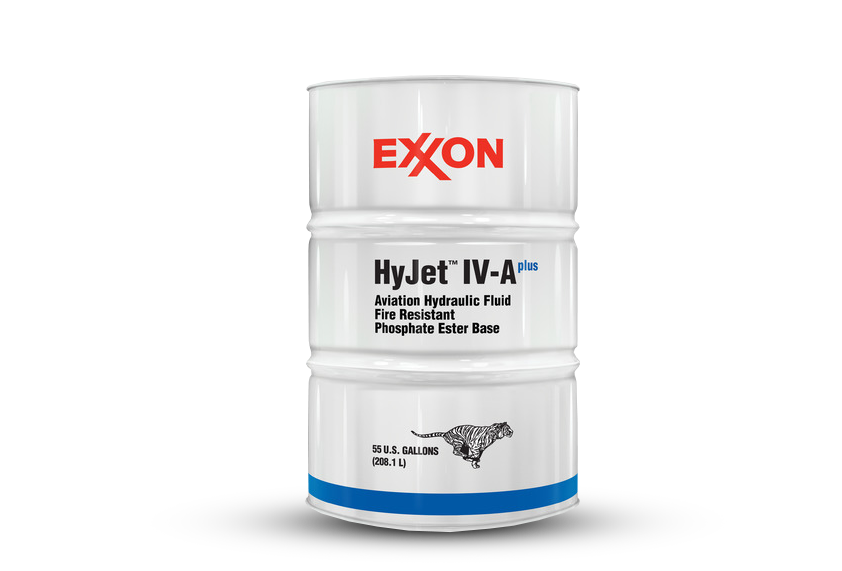
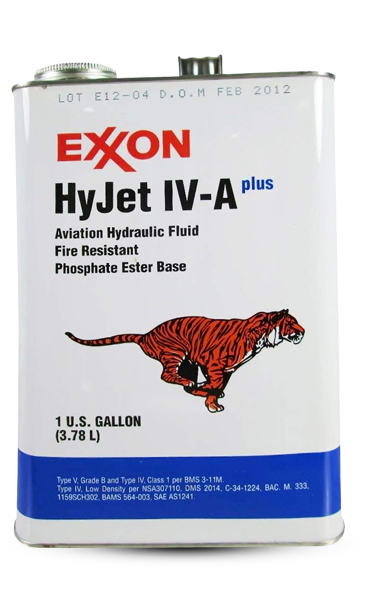
OUR BEST OFFER!
TRAST Aerosupermarket
